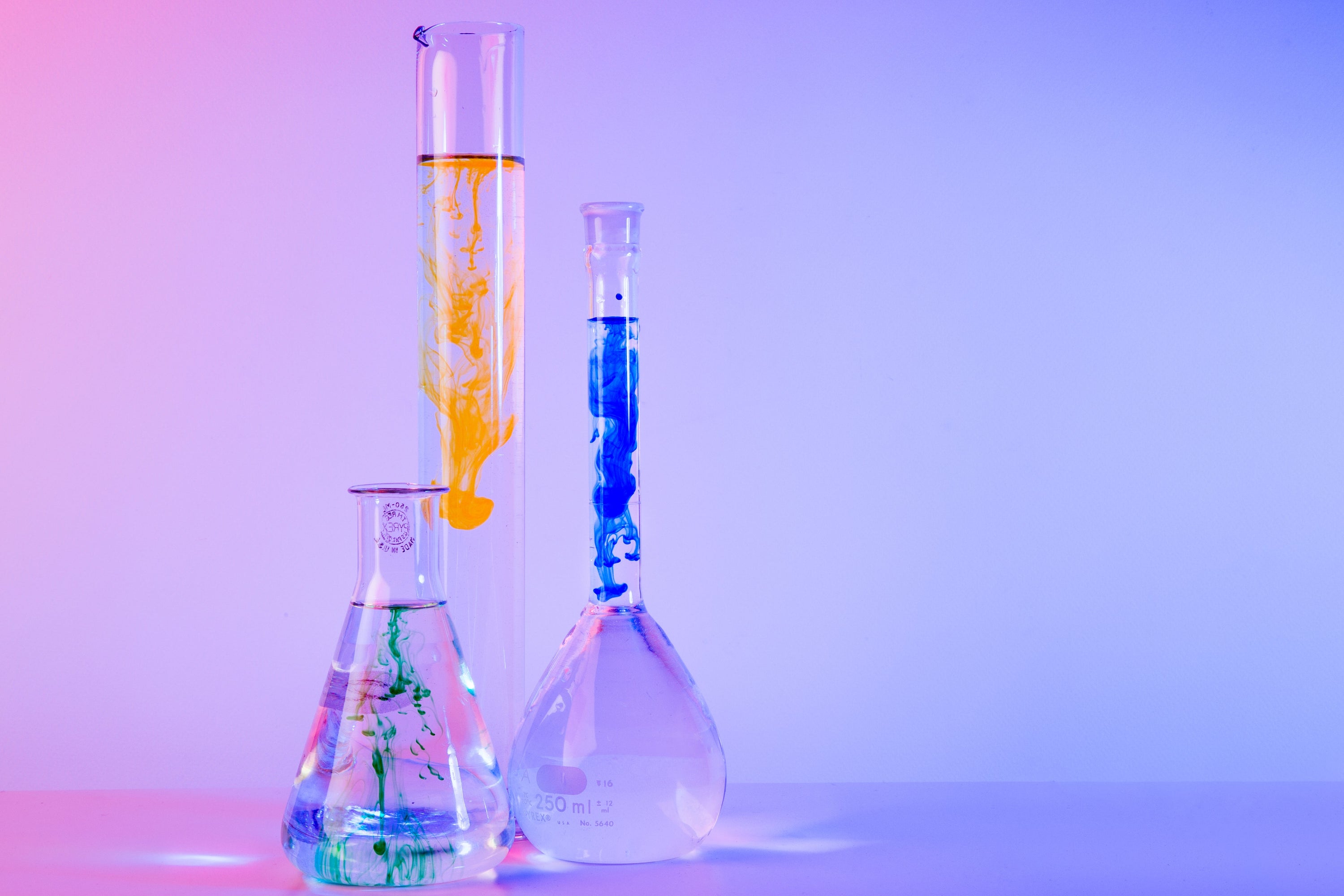Growing plants from tissue culture plantlets is a fun and affordable way to get your hands on rare and unique plant varieties. Enjoy the rewarding experience of watching them thrive and bring a touch of rarity to your green collection.
1. Root Preparation:
Begin by delicately washing the roots under a gentle stream of running water. This simple yet vital process eliminates any potential residue, safeguarding your plant from future fungal infections. But let's delve a bit deeper into an extra layer of care:
Soaking Method: For an added layer of protection, consider soaking the plantlet in water. This not only aids in thorough root cleansing but also provides an opportunity for hydration. To further fortify against potential fungi, introduce a small amount of hydrogen peroxide or a fungicide into the water. Allow the plantlet to soak for approximately 10 minutes, ensuring a thorough and gentle cleanse.
2. Planting and Initial Care:
Now that your tissue-cultured plant has its roots ready, let's talk about what comes next—planting and taking care of it.
Picking the Right Size: For these plants, smaller pots are better. Choose a little pot, about 1.5 inches in size. This gives your delicate plant a cozy home, so it stays stable and doesn't get too much water.
Making the Perfect Mix: Get the soil ready with a good mix. Use half perlite and half fine peat or ferwood. This mix helps the plant get enough air and keeps the right amount of water, creating the best conditions for it to grow.
The Planting Process: Now, with your small pot and special mix, gently plant your tissue-cultured plant. Put it in the middle of the pot, so the roots can settle into their new, snug home. After planting, water the soil from the top until it's all nicely wet. This helps the plant smoothly adjust to its new home.
Creating the Right Environment:
Since your tissue-cultured plant has been in a bag for a while before repotting, it needs a humidity boost. Place the potted plant under a clear cover, like a humidity dome. This cover acts like a shield, keeping in moisture and making a tiny, cozy space that suits your plant perfectly. Let the humidity dome stay on for 7 days—it's like a gentle adjustment period for your plant.
3. Light and Placement:
Choosing the Right Light:
Position the potted plant about 12 inches below a T8 grow light. This type of light is ideal for fostering healthy growth, providing your plant with the essential energy it needs. Aim for a daily exposure of 12 hours to mimic a natural day-and-night cycle.
Embracing Natural Light:
If you lean towards natural sunlight, find a spot near an east-facing window for your plant. This orientation ensures your plant gets the right amount of indirect sunlight. However, keep in mind that during winter, it's best to avoid placing the plant right next to the window to prevent exposure to cold drafts.
Maintaining Ideal Conditions:
Regardless of your light source, remember to keep your plant warm and maintain at least 60% humidity. Tissue-cultured plants thrive in a cozy environment, so consider using a heating mat during colder seasons and incorporating a humidifier to meet their humidity needs.
Observing Plant Responses:
Keep a close eye on your plant's response to the chosen light source. If you notice any signs of stress, such as leaf discoloration or wilting, adjust the placement accordingly. Plants communicate through their growth, so paying attention to their reactions helps you find the perfect spot for them to thrive.
4. Post-7 Day Care:
Congratulations on completing the crucial 7-day acclimation period! Now, let's transition into the next phase of caring for your tissue-cultured plant.
Gentle Transition:
After the initial 7-day acclimation period, carefully remove the humidity dome. This step allows your plant to gradually adapt to the new environment. Keep a watchful eye during this transition, and if you notice any changes in the plant's behavior, adjust its placement accordingly.
Looking Ahead - Repotting Considerations:
Plan for the plant's future growth by preparing to repot approximately 4 months after the initial acclimation. However, be mindful not to repot during winter, as the plant may have difficulty adjusting when temperatures drop, and daylight hours are shorter. Waiting for a more favorable season ensures a smoother transition for your thriving tissue-cultured plant.
Smart Watering Tip:
To avoid overwatering, we recommend bottom watering your plant. This method allows the roots to absorb water at their own pace, reducing the risk of waterlogged soil. Simply place the pot in a shallow tray of water and let the soil soak it up. This practice helps maintain optimal moisture levels without overwhelming your plant.
Stay tuned for our ongoing care guide, where we'll delve into more strategies to keep your tissue-cultured plant thriving. Happy planting!
What we need:
- Tissue-cultured plantlet
- 1.5-inch pot with humidity dome
- Well-draining mixture (50% perlite, 50% fine peat or ferwood)
- T8 grow light
- Heating mat (for colder seasons)
- Humidifier


